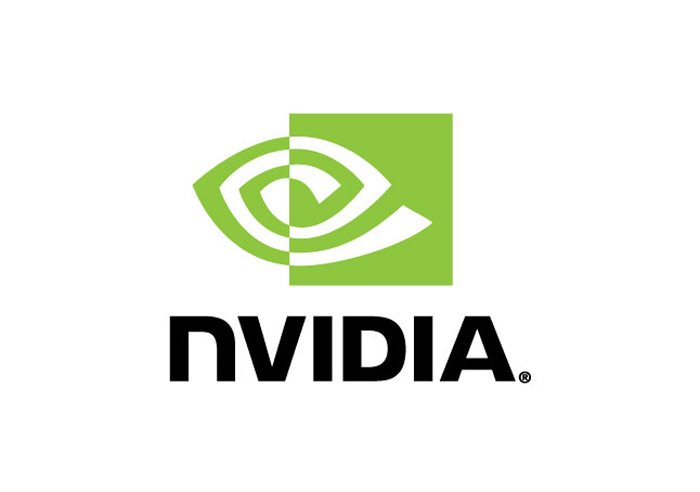NVIDIA has officially launched new mid-range and budget-oriented GeForce 900M mobile GPUs, thus extending its offers in this mobile GPU range to the fullest. You probably remember that the US company released the high-end GeForce GTX 980M and GTX 970M parts a while ago – well, we now get the rest of the line.
So here we have the GeForce GTX 960M, GTX 950M, 940M, 930M and 920M GPUs. There are five different models in total but quite honestly they are not that exciting. We’ll start with the GTX 960M and GTX 950M – they happen to be higher clocked versions of the existing GTX 860M and GTX 850M mobile GPUs. Both solutions use the GM107 GPU and offer 640 CUDA cores – the GTX 960M runs at 1096 MHz + Boost, while the GTX 950M runs at 914 MHz + Boost. The GTX 960M will be powered by up to 4 GB of GDDR5 memory at 5000 MHz with a 128-bit bus (80 GB/sec of memory bandwidth) but the GTX 950M will be available in two versions – with up to 4 GB of DDR3 memory at 2000 MHz (32 GB/sec of bandwidth) and up to 4 GB of GDDR5 memory at the same 5000 MHz (80 GB/sec of memory bandwidth). The same 128-bit bus, found in the GTX 960M, serves the GTX 950M GPU as well.
Strangely enough NVIDIA has not provided that much information on the slower 940M, 930M and 920M parts. We know that they support DirectX 12 and that’s about it. Still, NVIDIA claims that the GTX 920M is about 3x times faster than the Intel HD 4400 GPU, while the 930M and 940M are said to be 3.5x and 4x times faster than Intel HD 4400. In addition the 940M and 930M sport GM108 GPUs and are here to replace the existing 840M and 830M solutions; the 920M naturally replaces the 820 but retains the same Kepler architecture so do not expect Maxwell power there.
In any case the new NVIDIA GPUs are expected to be faster than the older chips they replace with the 960M and 950M being about 10 per cent faster when compared to the older 860M and 850M parts.
The first notebooks on the new GPUs are expected any time soon.
Source: NVIDIA

